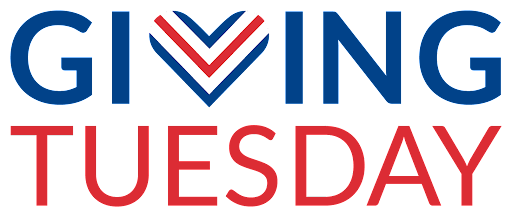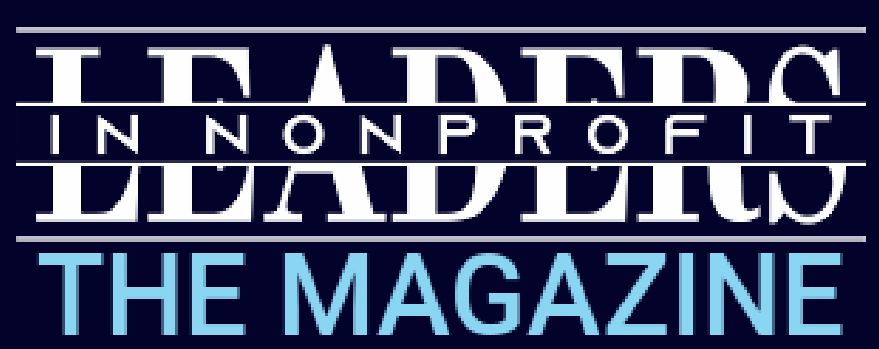5 Tips for the Q4 Fundraising Rush
Nonprofits receive 50% of their annual donations over the last three months of the year. If you haven’t already made a year-end fundraising plan, now is the time to start. The months of November and December are two of the most significant months of the year for nonprofit organizations. 12% of all annual giving occurs in the last three days of December. In addition, 28% of nonprofits raise between 26 – 50% of their annual funds for their year-end ask. The end-of-year fundraising push is a crucial chance to connect with supporters and secure vital fundraising dollars. Here are five suggestions for the fundraising push in the 4th quarter.
#1: SET GOALS AND MAKE A PLAN
Planning is the first step toward a good year-end. You must establish objectives; how much money are you looking to raise? How many new donors are you planning to bring on board? And then, from the broad goals, you need to drill down into specifics, such as Giving Tuesday. How much money will you raise through Giving Tuesday, your significant donors, and mid-level donors? Are you planning an end-of-year proposal, and how much money you will raise from them may depend on the specific level of the campaigns and appeals that you are going to send out?

Setting these goals will assist you in defining the strategies for what you want to do at the year’s end to ensure that you can achieve those goals. After you have established your objectives and laid out your strategy, what does your communication strategy look like? What will you communicate to your supporters? And how are you going to contact them? Do you intend to use direct mail, email, or social media to reach your audience? Will you engage in peer-to-peer marketing? Are you enlisting the help of influencers, significant funders, or the board of directors in these campaigns? You can accomplish a lot in communications at the end of the year, but you must make a plan and document it to stay on track and measure results.
#2: CREATE YOUR APPEALS
You should begin by creating donor appeals and establishing a schedule. Which types of appeals will you have? Will they include direct mail, peer-to-peer emails, a major donor campaign? Decide whether to center your appeals around a central theme.
Then, who is going to generate the appeal? And what will be your objective with regard to each specific appeal? It is recommended that non-profit organizations adopt one or two year-end campaign ideas. When you have numerous offers for donors to help you, people frequently become confused because your messaging appears fragmented as you seek to address different requests.
You want them to know that they can trust your organization and that when the donate that you are going to do great things with their donation.
Keeping your communications laser-focused during this time is important. You will yield better results if they only see a couple of your communications and if you are touching on the same topic. Each time the donor will know what your focus is and what you are asking them to give toward. For example, you could say something like $40,000 will help train 500 single moms to re-enter the job force, or perhaps you can help 250 families with food this Christmas season. It’s a very basic sentence, but it explains what you are trying to achieve. With each appeal, you are stating how many people will be impacted by a donation amount, which is your goal to achieve during this year-end.
Be sure that your appeals include stories that show your supporters the good work that you are doing. You do this because you want donors to know that the impact that they are making with the donation that they are giving you is a good one.
You want them to know that they can trust your organization and that when they donate that you are going to do good things with their donation.
To share your stories, you can express them through a variety of different forms of content and channels, as different individuals consume content in a variety of ways. Some individuals rather see a video. While others may benefit significantly from your social media and blog posts. Then there are some who look to mail, email, or direct contact with influencers, which may also include your board members. Each method narrates the exact same story yet Individuals react differently. By having these different channels, you will be able to reach the greatest number of people with a story that tells donors why they are giving to your organization.
#3: BE READY FOR GIVING TUESDAY

Develop a plan to successfully execute Giving Tuesday. You need to know what you are going to do and how it will be accomplished. A highly effective method that you might consider is building a matching campaign. You may have seen organizations use a matching campaign during this time of year. Publicize the campaigns as people like to be a part of something larger than themselves. For more on Giving Tuesday’s campaign check out Giving Tuesday.
#4: DO NOT BE AFRAID TO ASK
Do not be afraid to ask for donations. If you do not ask the donor, another organization will; individuals derive satisfaction from contributing, and you must make it plain to them what you want them to do. Simply stating, “We appreciate your support,” does not communicate to the donor what you want them to do.
Additionally, do not be nervous about asking for too much. There’s a lot of noise during this quarter of the year, especially this year. Do not be afraid to ask for the money you need. Most nonprofits don’t ask for enough. Donors are typically in a giving frame of mind during this time of year. And if you’re unwilling to ask, they are going to give somewhere else. You want them to give to your organization.
#5: STRENGTHEN DONOR RELATIONS AND SHOW THEM GRATITUDE

Remember during this time that your goal with major donors isn’t simply to call and ask them for money, but that you also need to continue building relationships. You need to call and talk to them about their family, goals, and what they want to accomplish in the coming year. It is a great opportunity to build the relationship by learning how you can help them achieve their goals while allowing them to hear how passionate you are about your organization’s mission.
Also, don’t forget to thank them. Show your donors that you appreciate what they are doing for the organization and what they will do in the future. This can be done through cards, emails, and even special recognition. However you choose to acknowledge your donors, just make sure they know how much you appreciate them.
Implementing these five suggestions will help you finish the year strong and set the stage for an exciting new year.



